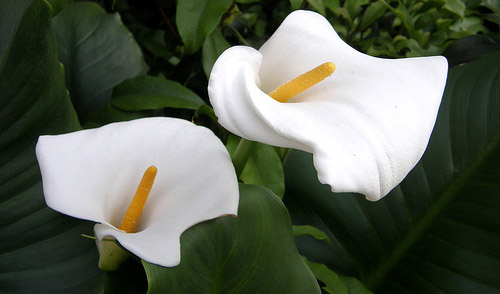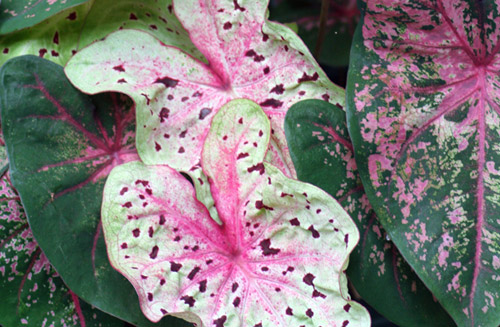
Welcome to another Monday morning and a new lesson on a plant that has it in for your horse. Today, a closer look at the supermodel of the plant world, the long and slender Calla Lily.
A Little About the Calla Lily
Zantedeschia is the Calla Lily, also commonly called Garden Calla. This is a bulbous perennial with long, straight leaves and flowers which grow in a spadix surrounded by a white or colorful spathe.
How Dangerous Is It?
Often used as an ornamental plant, horses won’t often come into contact with Callas, which are not palatable to equines anyway. However if they find a place they like they will grow like mad so it’s important to always keep an eye out for them. Calla sap contains calcium oxalate crystals & can irritate anything it comes into contact with.
All parts of the Calla Lily plant (especially the leaves) are toxic to equines.

What To Look For
You know your animal the best, so you should know when something is amiss. Calla Lily toxicity symptoms can include irritation of the lips, mouth & tongue, gastrointestinal problems & diarrhea. Contact with the sap may cause irritation on the skin as well.
Learn More
Be sure to check out the Calla Lily page to learn more about the plant and while you are at it why not check out more toxic plants?
*It should be noted that I’m not a veterinarian. This information is written specifically for horses and should be used for reference purposes only. If you think your horse has eaten something toxic call your vet right away.
